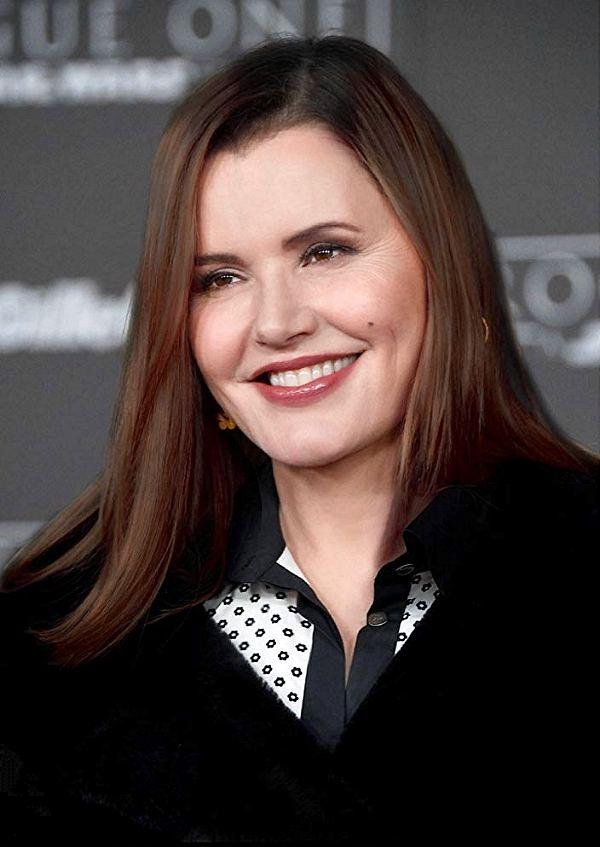
With the Fall television season underway, the Geena Davis Institute on Gender in Media at Mount Saint Mary’s University is thrilled to report a historic achievement, female leads/co-leads has reached gender parity in top children’s television programming. The See Jane 2019 report, examined the 25 top Nielsen-rated children’s television programs watched by kids ages 2-13. The report also analyzed representation in the 100 most popular children’s films rated G, PG, and PG-13.
“We’re thrilled that our media ratings data could support the development of the See Jane 2019 and are proud of our longstanding relationship with the Geena Davis Institute on Gender In Media. Diversity and inclusion are essential to everything we do at Nielsen, and it’s important to us that our data can help facilitate greater awareness about parity and equity in diversifying who consumers see represented on television. We’re encouraged by the findings from the See Jane 2019 report for gender parity, and we look forward to continuing to see how the GD-IQ tool raises awareness and change in the industry,” said Megan Clarken, Chief Commercial Officer, Nielsen Global Media.
Institute Founder and Chair, Academy Award Winning Actor Geena Davis noted, “This study is critically important because the stories we tell in entertainment media can reinforce harmful stereotypes and send a distinct message about who matters most in our culture.” Davis added, “We don’t want to change the world; we just want our entertainment to reflect the world as it is — which is half female and incredibly diverse. This is completely doable. Our motto is: ‘If She Can See It, She Can Be It.'”
Using the Geena Davis Inclusion Quotient (GD-IQ), the report found that in 2018, female characters averaged 55.3% of screen time and 50.3% of speaking time in children’s television programming. GD-IQ research also revealed that screen time for female characters in these shows exceeded the female composition of the population in the United States which currently stands at 51%.
In children’s TV:
- Female characters are more likely to be depicted in leadership roles than male characters (45.5% compared to 41.4%).
- Female and male characters were equally likely to be shown as having an occupation or being in a STEM field.
- Characters of color are more likely to be shown as intelligent than white characters (16.4 percentage points).
However, a pattern of underrepresentation also prevails. For example, female characters on children’s television shows are seven times more likely to be shown in revealing clothing than male characters (8.9% compared to 1.2%).
Only 26.1% of leading characters on children’s television are people of color even though they make up 38% of the U.S. population. The report also found that characters with disabilities and LGBTQ+ characters were virtually non-existent.
Madeline Di Nonno, CEO of the Institute added, “The bottom line is that despite the progress we are seeing, people of color, LGBTQ+ individuals, and people with disabilities are still marginalized across kid’s content. Content creators can improve onscreen representations overnight by making sure that the worlds they are creating look like the real world in terms of whose stories are told, and by presenting marginalized characters in ways that allow them to be fully human.”
The full report, including methodology can be downloaded here.
About the Geena Davis Institute on Gender in Media (GDIGM)
Founded by Academy Award-winning actor Geena Davis, the Geena Davis Institute on Gender in Media at Mount Saint Mary’s University, Los Angeles, is the only research-based organization working directly with media and entertainment companies with cutting-edge research, education and advocacy programs to dramatically improve how girls and women are represented in media targeting children 11 and under. For more information visit: www.seejane.org


